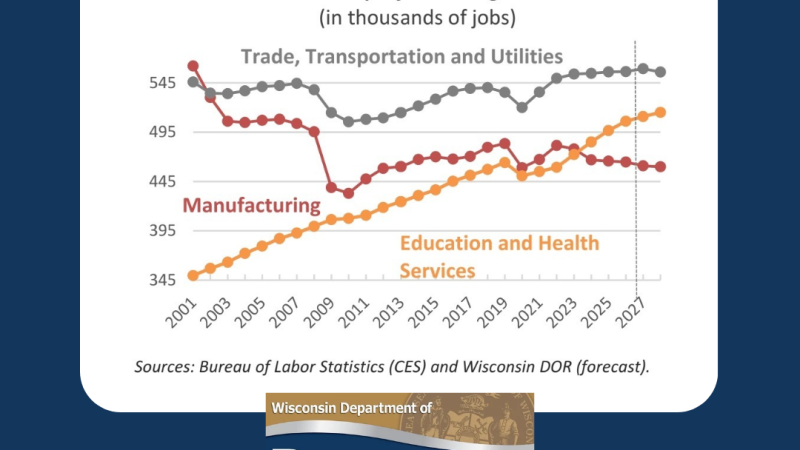Manufacturing and construction employment in Wisconsin is projected to shrink this year as the state’s overall labor market “continues to grow at a modest but steady rate.”
That’s according to the state Department of Revenue’s economic forecast for May, which shows job growth in Wisconsin this year is expected to be focused in education and health services, leisure and hospitality, and other serv...
Please log in to access subscriber content.
If you don't have a subscription, please contact schmies@wispolitics.com for subscription options on the WisPolitics-State Affairs platform, which is the new home for WisPolitics subscriber products.



